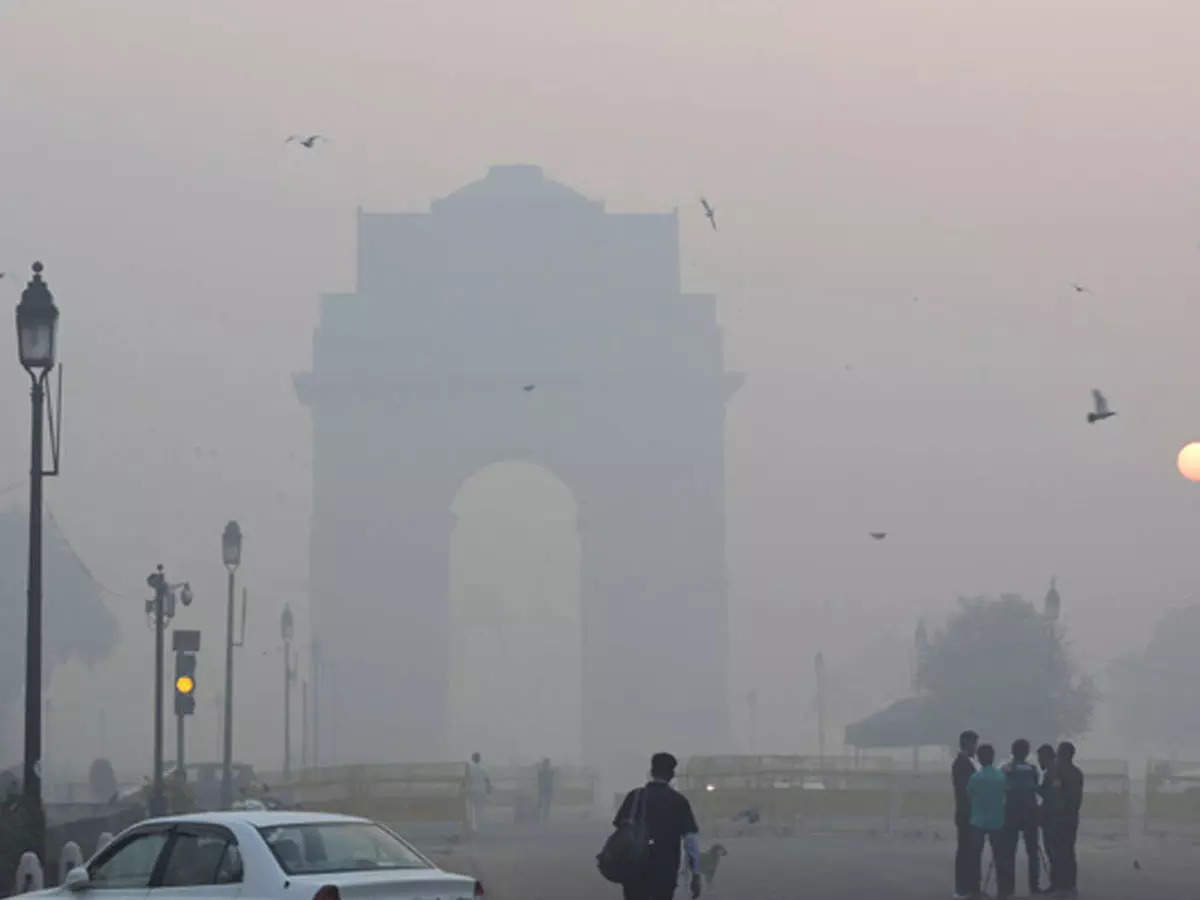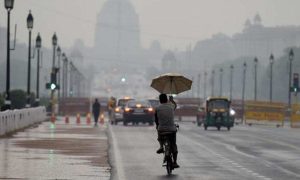While a PM2.5 concentration of 25 micrograms per cubic metre in a 24-hour period was considered safe earlier, the WHO has now said that a concentration of over 15 micrograms is not safe.
The World Health Organisation (WHO) on Wednesday released stringent air quality guidelines, lowering the recommended levels of pollutants that can be considered safe for human health.
While a PM2.5 concentration of 25 micrograms per cubic metre in a 24-hour period was considered safe earlier, the WHO has now said that a concentration of over 15 micrograms is not safe.
The recommended levels of six most common air pollutants — PM2.5, PM10, ozone, nitrogen dioxide, sulphur dioxide , and carbon monoxide – have all been revised downwards from the existing norms that have been in place since 2005.
PM2.5 and PM10 refer to particulate matters of sizes 2.5 microns or less, and 10 microns and less, respectively (micron is one millionth of a metre), and are the most common pollutants, as well as causes of respiratory diseases.
The new guidelines take into account several scientific studies in recent years that have suggested that air pollution is much more damaging to human health than earlier known. By WHO’s own estimates, nearly 7 million deaths every year can now be attributed to diseases that are a direct cause of air pollution.
The new air quality guidelines mean that nearly entire India would be considered a polluted zone for most of the year. But India is not alone. By WHO’s own admission, more than 90 per cent of the world’s population lived in areas which did not meet its 2005 pollution standards. With the norms now being made even more stringent, this proportion would go up.
But South Asia, and especially India, continues to remain one of the most polluted areas in the world, with pollutant levels several times higher than recommended levels. In Delhi, for example, a Greenpeace study found the average concentration of PM2.5 in 2020 to be nearly 17 times higher than the recommended levels. In Mumbai, pollution levels were eight times higher; in Kolkata, over nine times higher; and in Chennai, over five times higher.
According to Pune-based Dr Sundeep Salvi, a respiratory diseases expert who is part of the Global Burden of Disease study, over 95 per cent of India’s population already lived in areas where pollution levels were higher than WHO’s 2005 norms.
India’s own national air quality standards are much more lenient, even compared to WHO’s 2005 norms. For example, the recommended PM2.5 concentration over a 24-hour period is 60 micrograms per cubic metre, compared to 25 micrograms advised by WHO’s 2005 guidelines. But even these lower standards are hardly met. In the last few years, the government has been working on a plan to reduce air pollution in some cities by 20-30 per cent by 2024 on a 2017 baseline.
The WHO norms are not binding on any country. These are only recommended norms considered safe for human health, as assessed by scientific studies. But bad air quality does affect the international image of a country as a favourable tourist and investment destination.
Scientists and health experts said the new WHO norms should push India to work harder to make its air cleaner and safer. “There are two things to take note. One, that there is now sufficient scientific evidence to show that particulate matter in the atmosphere has damaging impacts on human health even at levels that were below the 2005 WHO standards. Second, India’s own standards, which are way above the 2005 WHO guidelines, probably need a revision too if we want to protect human lives,” Salvi said.
WHO said 80 per cent of the deaths now attributed to PM2.5 exposure could be avoided if countries are able to attain its new air quality standards. Even achieving the 2005 standards would result in avoiding 48 per cent of these deaths, it said.
S N Tripathi, a professor at IIT-Kanpur and a steering committee member of India’s National Clean Energy Programme, argued for more comprehensive health studies to address suggestions that the Indian population had far greater resilience against air pollution.
“There are no two ways about the need to revise India’s air quality standards to make them more stringent. In parallel, we have to strengthen our health data and revise National ambient air quality standards accordingly. Raw health data is required to conduct a large range of health studies vis-à-vis air pollution impact for India’s varied demography, exposure and differing PM2.5 composition. A single exposure prevention response will not suit the Indian population,” he said.





































